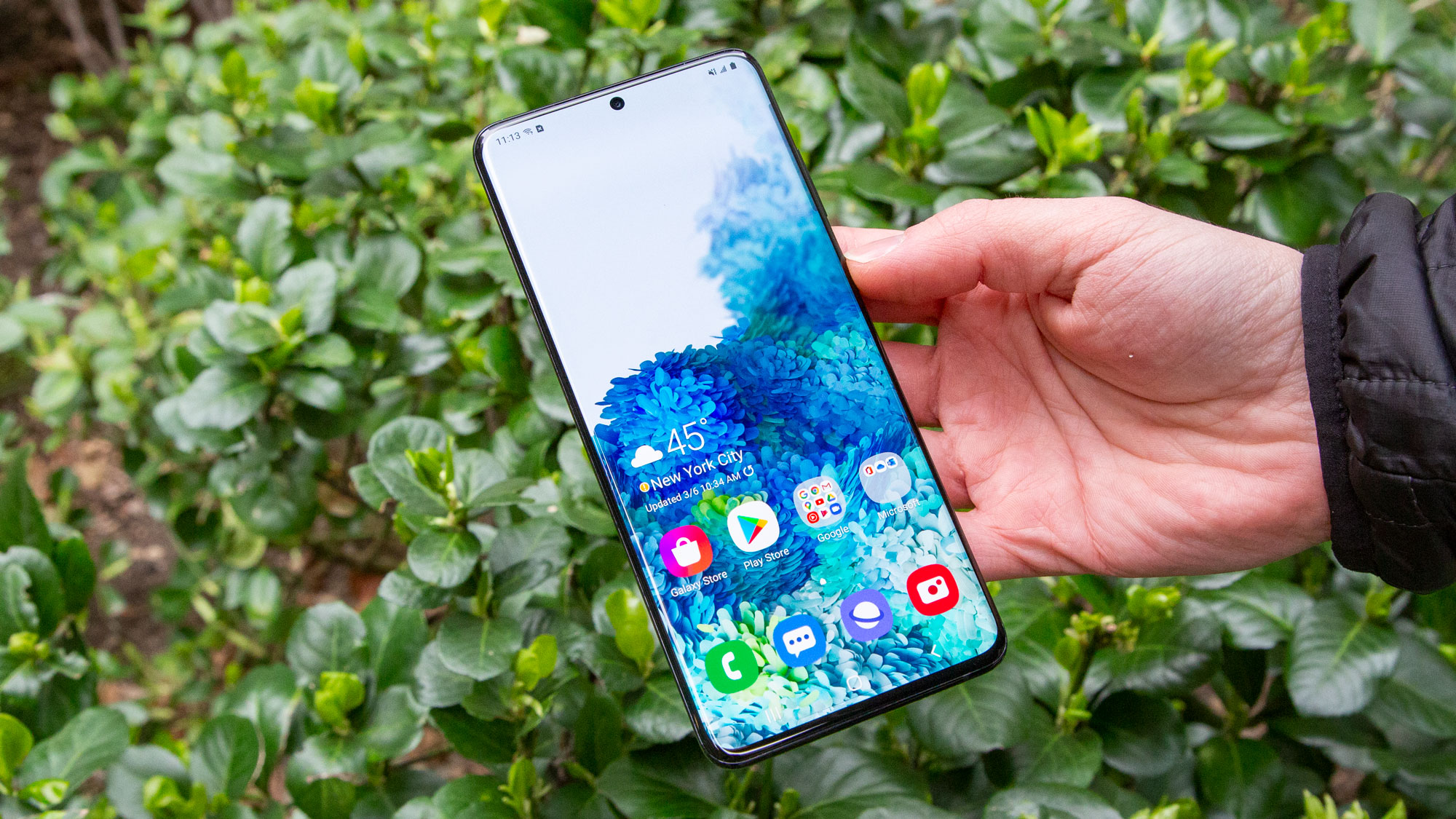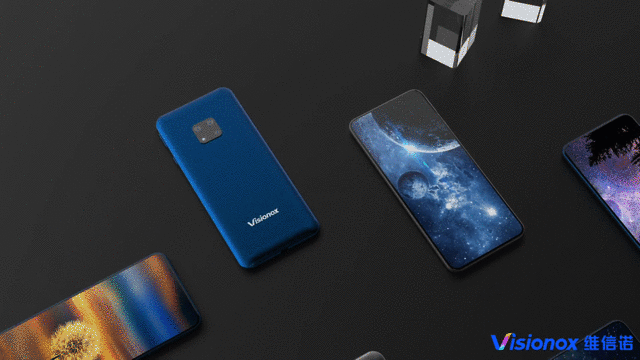Samsung Galaxy S30 may eliminate the punch-hole camera for good
Galaxy S30 could use this awesome new display tech

We're hoping that the Samsung Galaxy S30 will bring numerous innovations to the smartphone market when it launches next Spring. One that has been rumored is an under-display front camera, which is now excitingly a step closer to reality.
As reported by ITHome, PhoneArena and IceUniverse, Chinese display maker Visionox has revealed what it calls the first production-ready under-display camera. It doesn't say who will benefit from this first, but it seems like a logical fit for the next wave of major flagships.
- Samsung Galaxy S30: Release date, price and what we want
- Check out our Galaxy S20 Ultra review
China’s display manufacturers, Visionox, has just announced the world’s first mass-produced under-display camera solution. The world’s first under-display camera phone will be released. pic.twitter.com/QWkQioy2LZJune 8, 2020

The technology works by changing the metal conductive layer that makes up part of the OLED display for a transparent one. You therefore no longer need a bezel, notch or punch-hole on the front of a phone, meaning that you can finally get the true full-screen experience that manufacturers have been promising for years.
We knew this technology was on the way, since last year Oppo and Xiaomi showed off concept phones using under-display cameras. Plus we've known Samsung has been working on its own version for some time. But now that Visionox has gone public with its product-ready tech, we can expect under-display selfie cameras in 2021 phones including the Galaxy S30, a rumor already in circulation thanks to Ice Universe.
Also helping this will be a new generation of processors. Qualcomm, maker of the Snapdragon chipsets found in the best Android phones, will be updating its Snapdragon 865 model with the Snapdragon 875 next year. The 875 is believed to have native support for under-display cameras built-in, meaning that phone makers can easily add the technology to their phones without needing to conduct lengthy and expensive research.

While the under-display tech is very cool-looking, there are new engineering challenges to face because of it. Putting something between the outside world and the camera sensor means you could end up with less light reaching the sensor, resulting in dark, attractive photos. On the other hand, having transparent pixels could result in a very visible seam or image quality difference between the main display and the portion that covers the camera. That could ruin the full-screen viewing experience that is the whole reason for adding a sub-display camera in the first place.
While we wait for Samsung to bring out the Galaxy S30, we can look forward to the Galaxy Note 20 and Galaxy Fold 2, both of which are expected to arrive in August next month. Both should feature Snapdragon 865 chipsets, 120Hz displays and similar camera set-ups to the Galaxy S20 series.
Sign up to get the BEST of Tom's Guide direct to your inbox.
Get instant access to breaking news, the hottest reviews, great deals and helpful tips.

Richard is based in London, covering news, reviews and how-tos for phones, tablets, gaming, and whatever else people need advice on. Following on from his MA in Magazine Journalism at the University of Sheffield, he's also written for WIRED U.K., The Register and Creative Bloq. When not at work, he's likely thinking about how to brew the perfect cup of specialty coffee.
